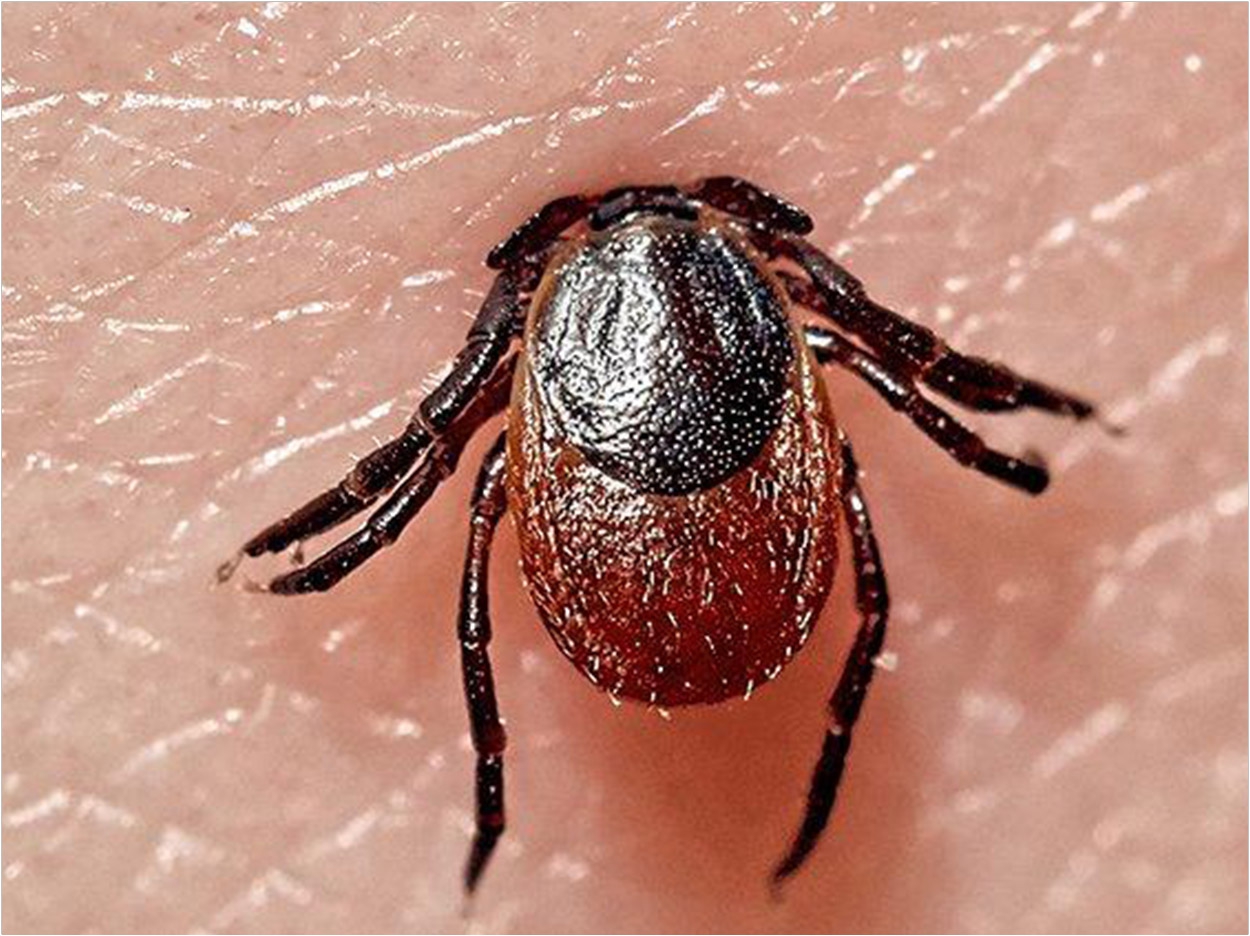
Dental professionals should be aware of the signs and symptoms of Lyme disease, according to researchers at the Dalhousie University Faculty of Dentistry. Their recent study describes a patient who booked an urgent appointment with her dentist at the end of August 2019.
According to the study, a painful toothache had woken the patient the night before. Symptoms also included intense pain in her jaw, temple, and neck, accompanied by tingling in her lower left lip and on the left side of her tongue. She experienced sweats and chills during the night and an odd sensation in her shoulder and left arm.
Despite thorough examinations, neither her dentist nor the endodontist she was referred to could find any dental abnormalities. A visit to a Halifax hospital emergency room ruled out both a heart attack and a stroke. When an inflamed bump with a bullseye appearance emerged on her thigh a day later, her family doctor diagnosed Lyme disease.
“It was shocking to me to know someone, a personal friend of mine, with Lyme disease,” said author and assistant professor Dr. Isabel Mellow. “It is a serious illness that can present with a variety of symptoms, such as orofacial pain, fever, and chest pain. If there is no obvious tick bite, Lyme disease can go undiagnosed, bringing much suffering to the patient.”
Lyme disease is caused by a bacterium spread by infected blacklegged ticks. According to the Nova Scotia government, its entire province is an at-risk area for the disease. The patient had been camping in two high-risk areas in Nova Scotia before her diagnosis, but this is not the type of question that normally would be asked during a dental appointment.
Although tick season officially begins in April, ticks are active all year. If the temperature is above 39.2°F, ticks will be on the move. Early detection and treatment are important if more serious conditions such as arthritis, nervous system problems, and carditis, which affects the heart’s electrical system, are to be prevented, the researchers said.
“Pain in the orofacial area is not a rare presentation of Lyme disease,” said Mello. “Although one of the differential diagnoses the endodontist put forward was trigeminal neuralgia, which is one of the presentations of Lyme disease, a definitive diagnosis of the illness is difficult without a visible bit site or rash.”
Someone with Lyme disease may experience temporomandibular joint pain, headache, and neuralgia. In particular, symptoms of neuropathy in the orofacial area such as numbness, prickling or tingling, and sharp, jabbing, throbbing, or burning pain may mimic dental pain and could prompt patients to visit their dentists looking for answers.
“Any healthcare provider, including dental practitioners, should be aware of the risk factors for Lyme disease, know about its signs and symptoms, and consider Lyme disease as a differential diagnosis for atypical pain in the orofacial area,” said Mello. “This is particularly important when there is no obvious tick bite.”
Mello suggests that health professionals consider asking more in-depth questions, including about recent changes to a patient’s overall health and trips to high-risk areas. She also recommends that they consider making further referrals and collaborating with other professionals.
“A delayed diagnosis is frustrating and worrying for both the patient and healthcare providers,” said Mello. “This disease can also be fatal. Dental professionals play an important role in helping to diagnose Lyme disease early.”
The study, “Neuropathy Mimicking Dental Pain in a Patient Diagnosed with Lyme Disease,” was published by the Journal of Endodontics.
Related Articles
Sjogren’s Syndrome Testing Adapted for COVID-19 Identification
Protect Your Patients from Prions, Viruses, and Systemic Disease
Biocompatible Quadrant Dentistry for Overall Health












